In a recent excavation, the Israeli Antiquities Authority made thrilling discoveries in the ancient city of Zanoah.
Unearthed were stone walls and pottery over 3,200 years old, providing concrete evidence of the Israelites’ settlement in what they deemed the “Promised Land” after their exodus from Egypt under Moses’s leadership.
Findings Only Just Released

The research team began digging out the area in 2019. However, they have just released their findings to the world.
As many people believe that events in the Bible haven’t happened, there is hope that releasing these findings will finally prove that not every story in the Bible is made up.
The Bible Story of Nehemiah

Zanoah is mentioned in the Bible story of Nehemiah, which states it is situated in the Promised Land, also known as Canaan.
It is known as a town that was resettled by Jewish exiles who had returned from Babylonian captivity. These people were descendants of the people who had followed Moses out of Egypt, as stated in the Bible’s Book of Exodus.
No Record of Moses and the Exodus

Prior to these findings being uncovered, there was no physical or written evidence in Egyptian records of Moses and the Exodus.
The only evidence of this was from Manetho, an Egyptian priest from the 3rd century BC. However, this evidence was given 1,000 years after the event was meant to have occurred.
Zanoah’s Story Comes to Light

The artifacts discovered in Zanoah add a rich layer to our understanding of biblical history. Stone structures and ceramic remnants tie directly to the era when the Israelites are believed to have settled in the region.
Mentioned in the Old Testament, Zanoah’s excavation spotlights its profound historical and cultural relevance.
Aligning Biblical Timelines
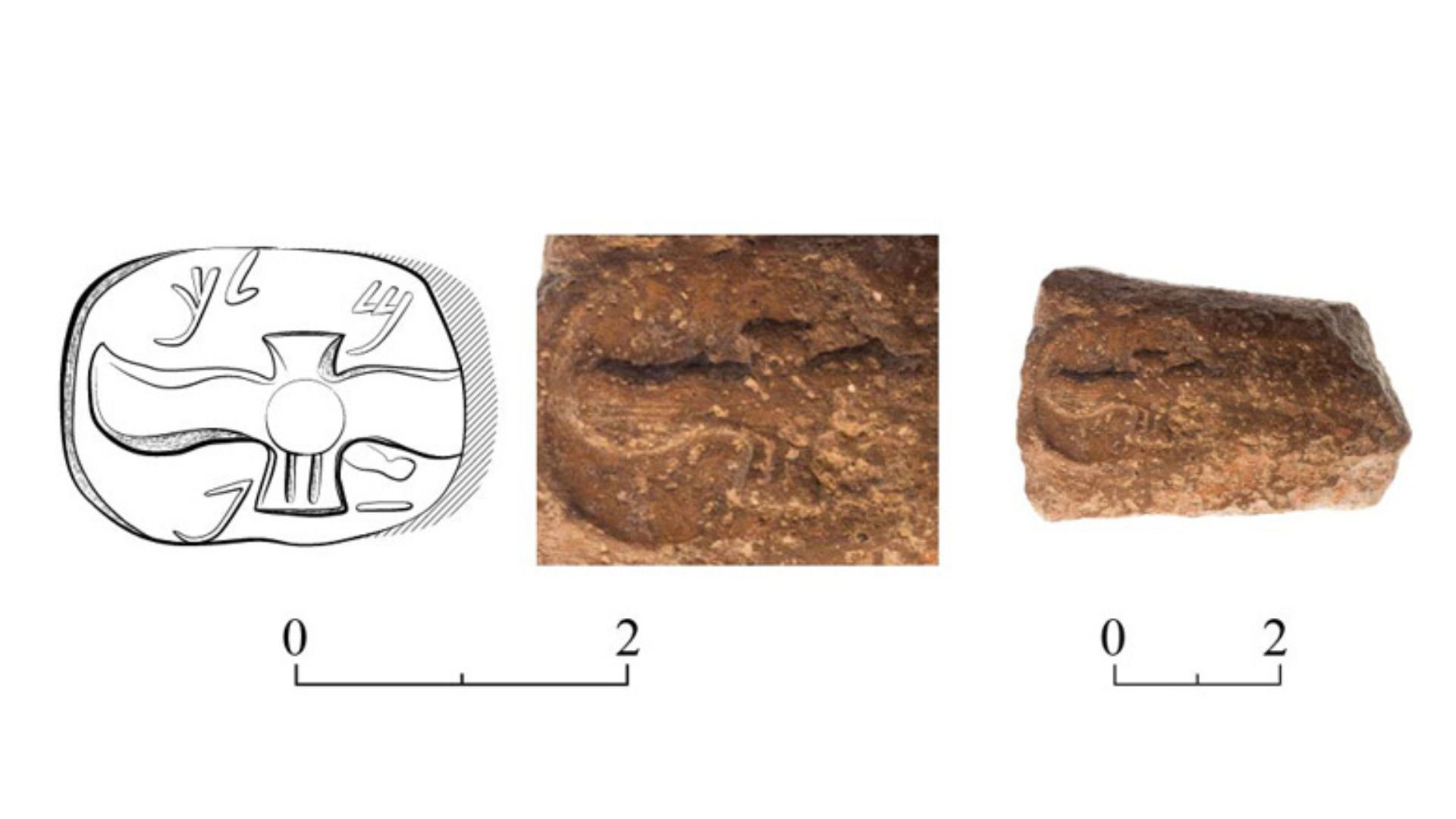
Biblical texts pinpoint the arrival of the Israelites in Canaan, the Promised Land, around 1406 to 1407 BC, following a 40-year trek through the desert.
The finds at Zanoah lend weight to these scriptures, placing these ancient narratives in a verifiable timeline through tangible evidence.
Artifacts With Royal Connections

One notable discovery includes a jar handle bearing the name of a king also referenced in the Bible.
This link between the tangible artifacts and biblical figures not only enriches our historical understanding but also supports the enduring tales of Moses and the epic exodus.
The Clay Jar Handle

The clay jar handle has an LMLK stamp, indicating that it is shrouded in history.
The LMLK stamp suggests the handle is from the late Iron Age, which also shows it is part of the Bible. The item had been fired at a high temperature and is still of good quality.
The Jar Handle Is Different

It looked different from other jar handles from that period. It was much thinner than other handles with an LMLK stamp on them.
However, the researchers knew about a few LMLK jar handles that looked exactly like this, which is how they knew what they had found was real and not a replica.
The Epic of Exodus

Spanning the books of Exodus, Leviticus, Numbers and Deuteronomy, the Exodus story chronicles the Israelites’ harrowing escape from Egyptian bondage.
This saga of resilience and leadership under Moses has foundational religious and cultural implications, enriched now by these archaeological finds.
A Miraculous Journey From Egypt
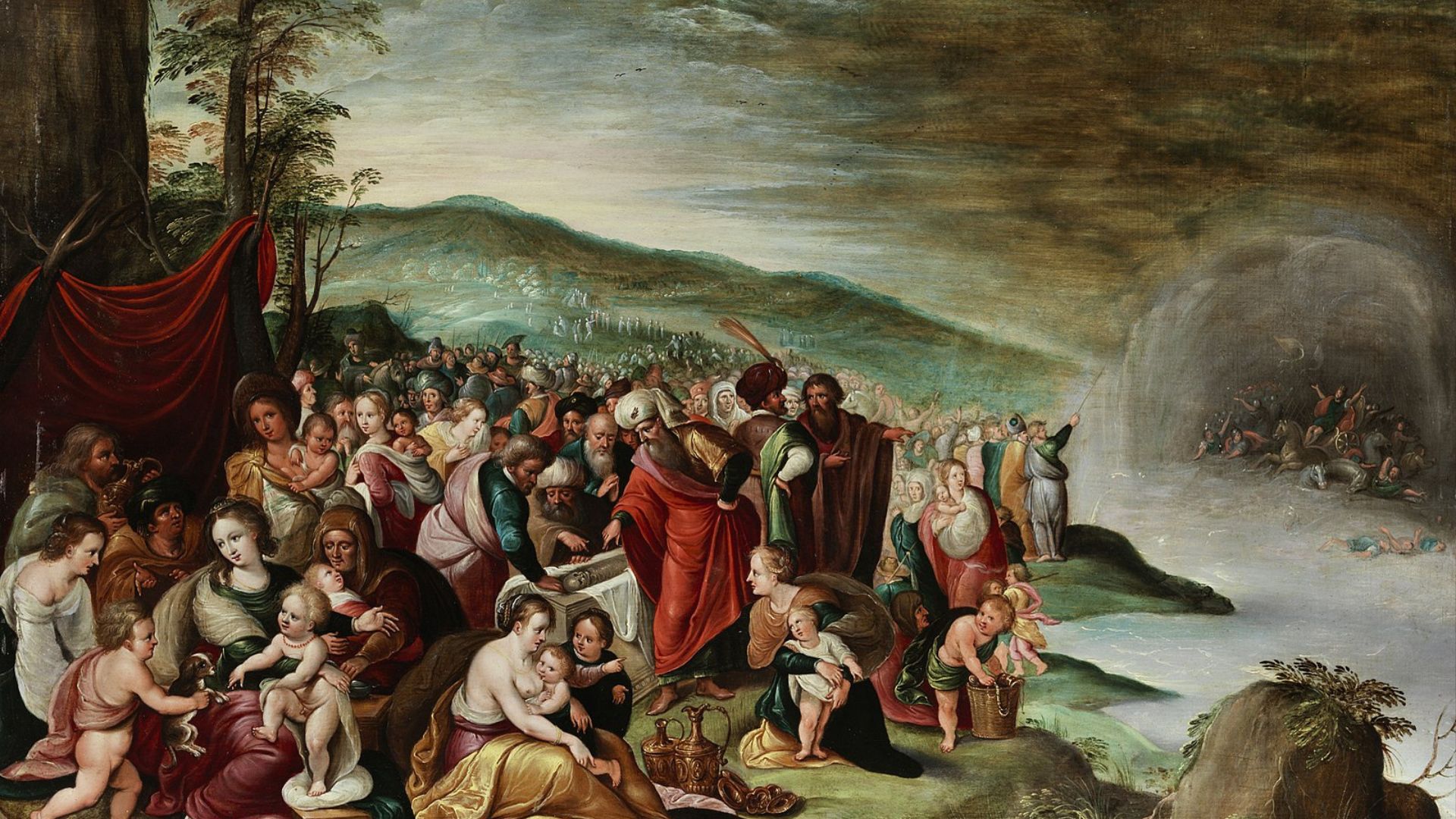
The Israelites’ liberation began when Pharaoh, who was pushed to the brink by ten devastating plagues, decided to release them.
Moses then led the Israelites across a miraculously parted Red Sea to the Sinai Peninsula, where monumental religious events would unfold.
Moses and the Red Sea

Once Moses had led the people to the Red Sea, he could split it by stretching out his hands. This was meant to let them cross through the sea to get away from Egypt.
However, this didn’t quite go to plan. The Pharoah decided to change his mind and ordered the Egyptian army to chase after the Israelites who were trying to escape.
The Story of Moses

Moses was born as an Israelite who was sent down the Nile in a basket to escape being killed by the Egyptian army. He was discovered and raised as a prince of Egypt.
He ran away and became a shepherd, only to stumble upon a burning bush where he received a message from God commanding him to return to Egypt and demand that the Pharoah free the Israelites.
The Ten Plagues of Egypt

The Ten Plagues of Egypt were the punishments brought upon Egypt by God for not freeing the Israelites from their bondage.
The plagues included the water of the River Nile turning into blood, swarms of frogs, lice, flies and locusts, the spread of disease that led to boils, livestock pestilence, severe hail, darkness and, most notably, the killing of firstborn children of Egyptian families.
Covenant at Sinai
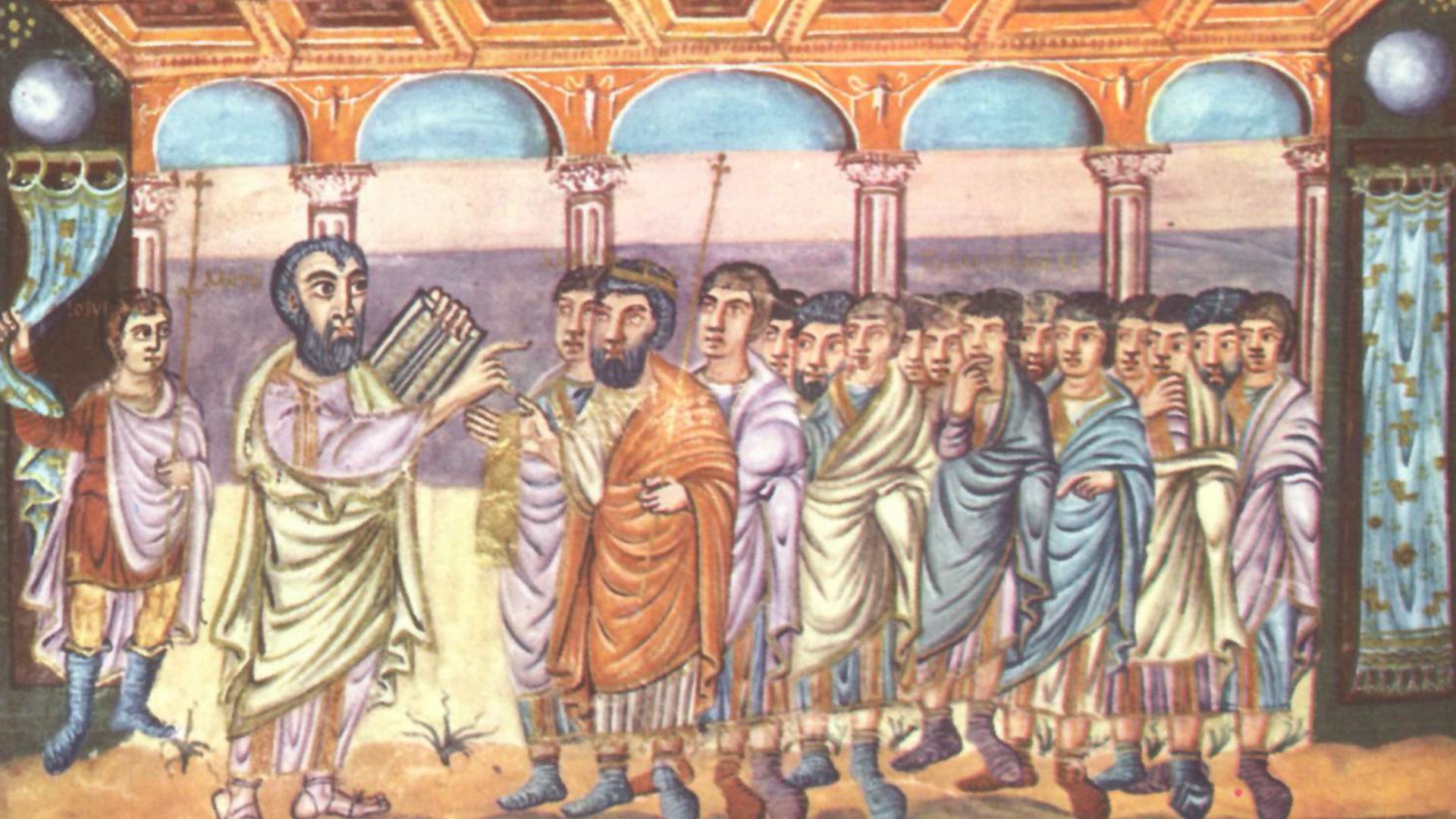
The pivotal moment at Mount Sinai, where Moses received the Ten Commandments, is central to biblical narratives.
These laws not only shaped the moral and societal frameworks of the Israelites but also cemented their relationship with God.
Hesitation at Canaan
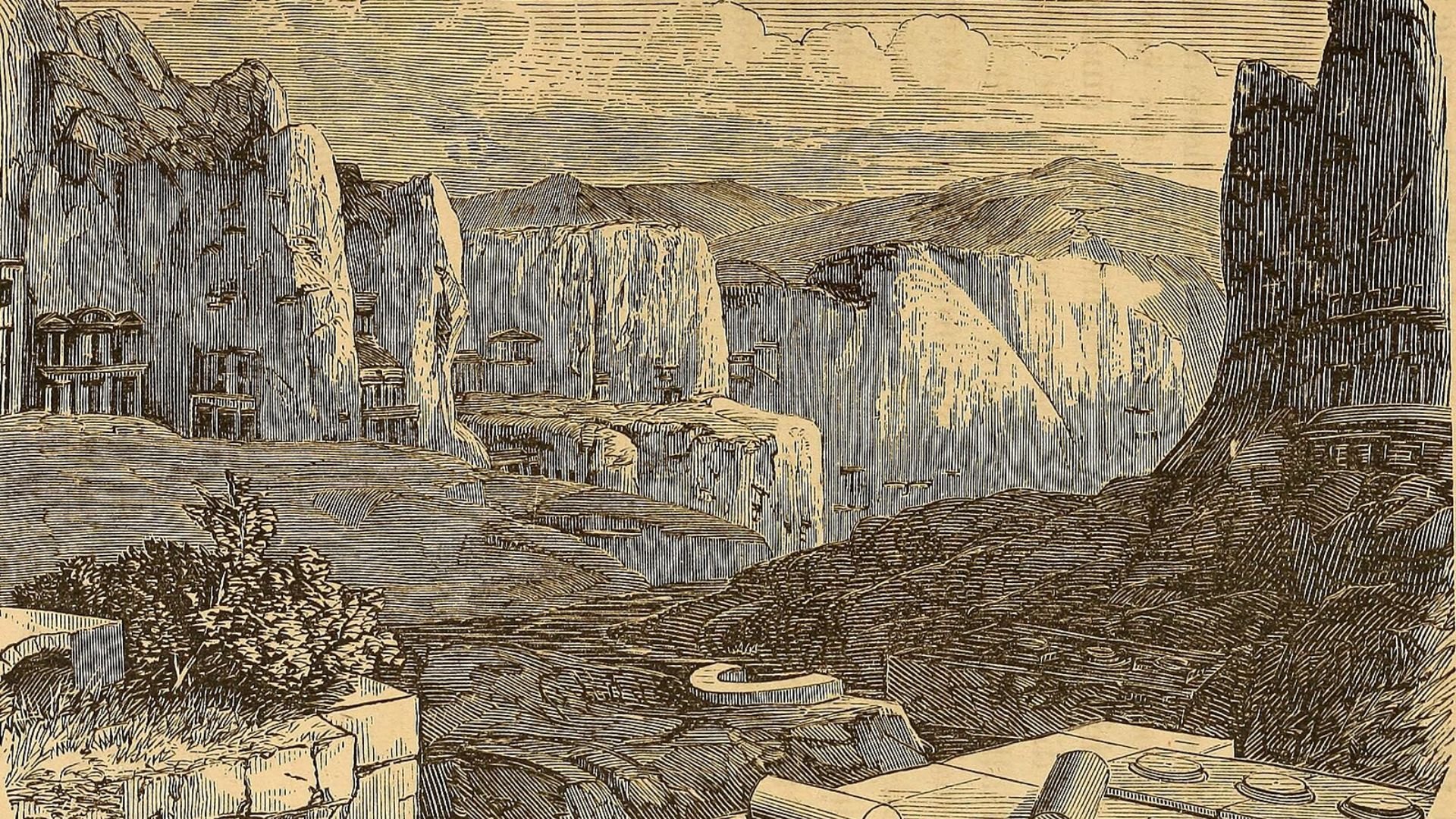
The Israelites’ arrival at Canaan was met with trepidation, leading to their divine punishment: forty more years wandering the desert.
This episode highlights their trials and the severe consequences of their doubt and fear.
Moses’ Final Days

After decades in the desert and reaching Canaan’s eastern borders, Moses passed away, with his final resting place forever marked on Mount Nebo.
His leadership would pave the way for new beginnings.
Joshua Takes the Helm
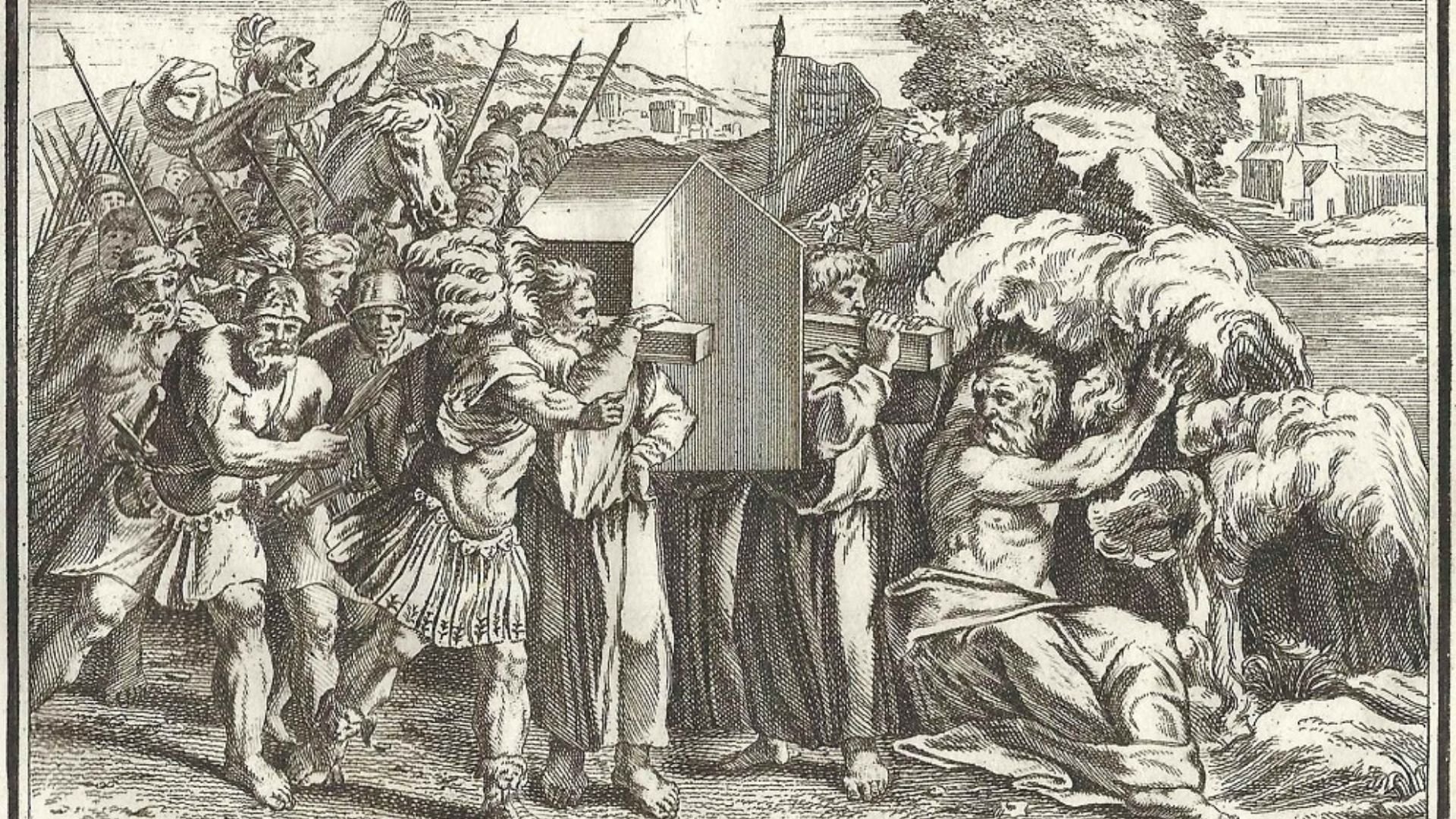
In the narrative that follows, Joshua assumes leadership, guiding the Israelites into Canaan across the Jordan River.
Under his command, they conquered lands including Jericho and Zanoah.
Joshua 15:34,56

Zanoah is mentioned once again in the Book of Joshua. In Joshua 15:34,56, the boundaries and cities within the tribal allotment of Judah have been outlined.
This stems from when the group entered the Promised Land, and Zanoah is one of the cities mentioned.
Unearthing Historical Layers
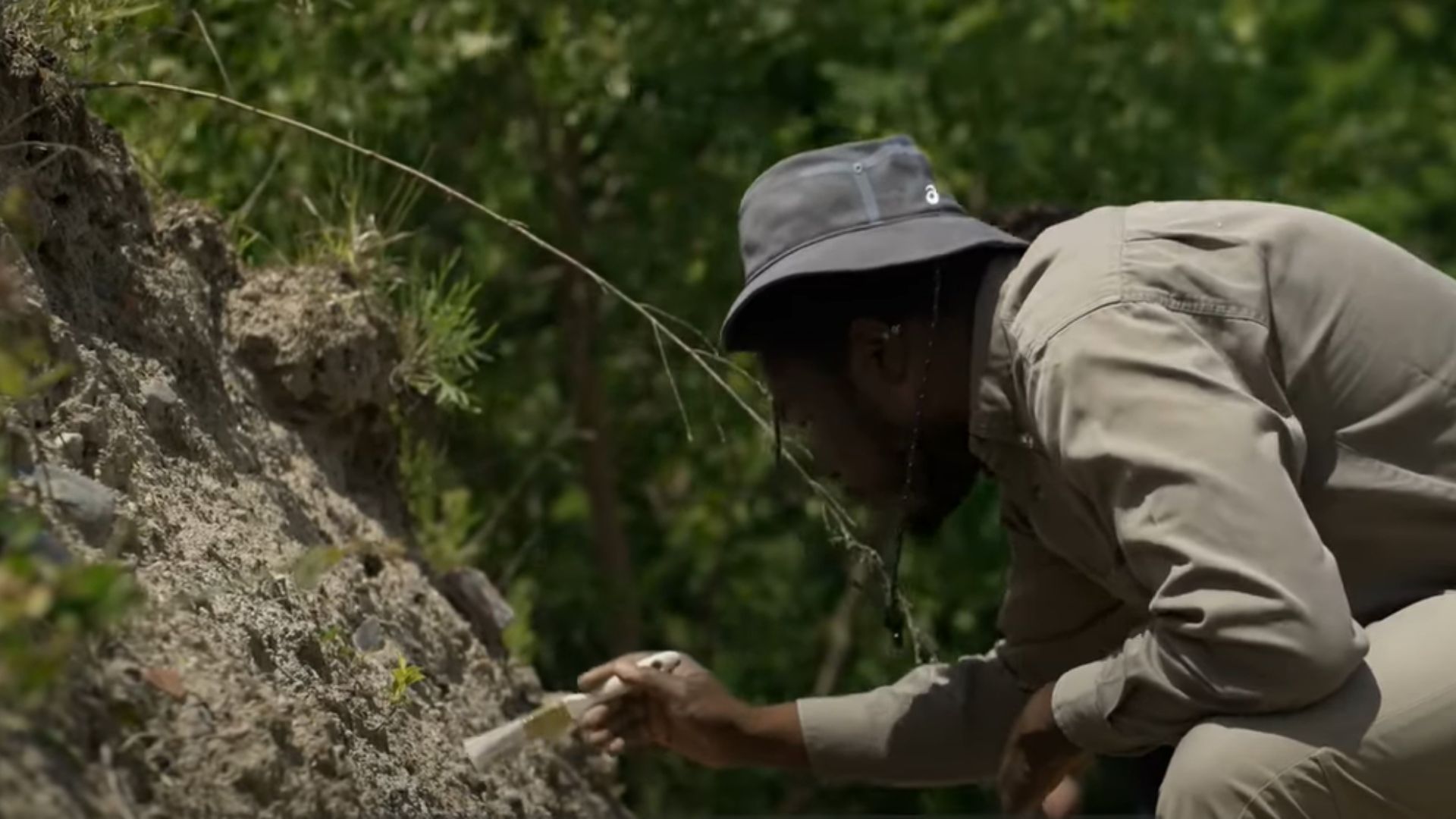
Excavations at Zanoah revealed structures thought to be ancient farming terraces, demonstrating the inhabitants’ ingenuity.
The site also yielded pottery honoring King Hezekiah, linking it to biblical royalty.
Walls Made to Stop Erosion
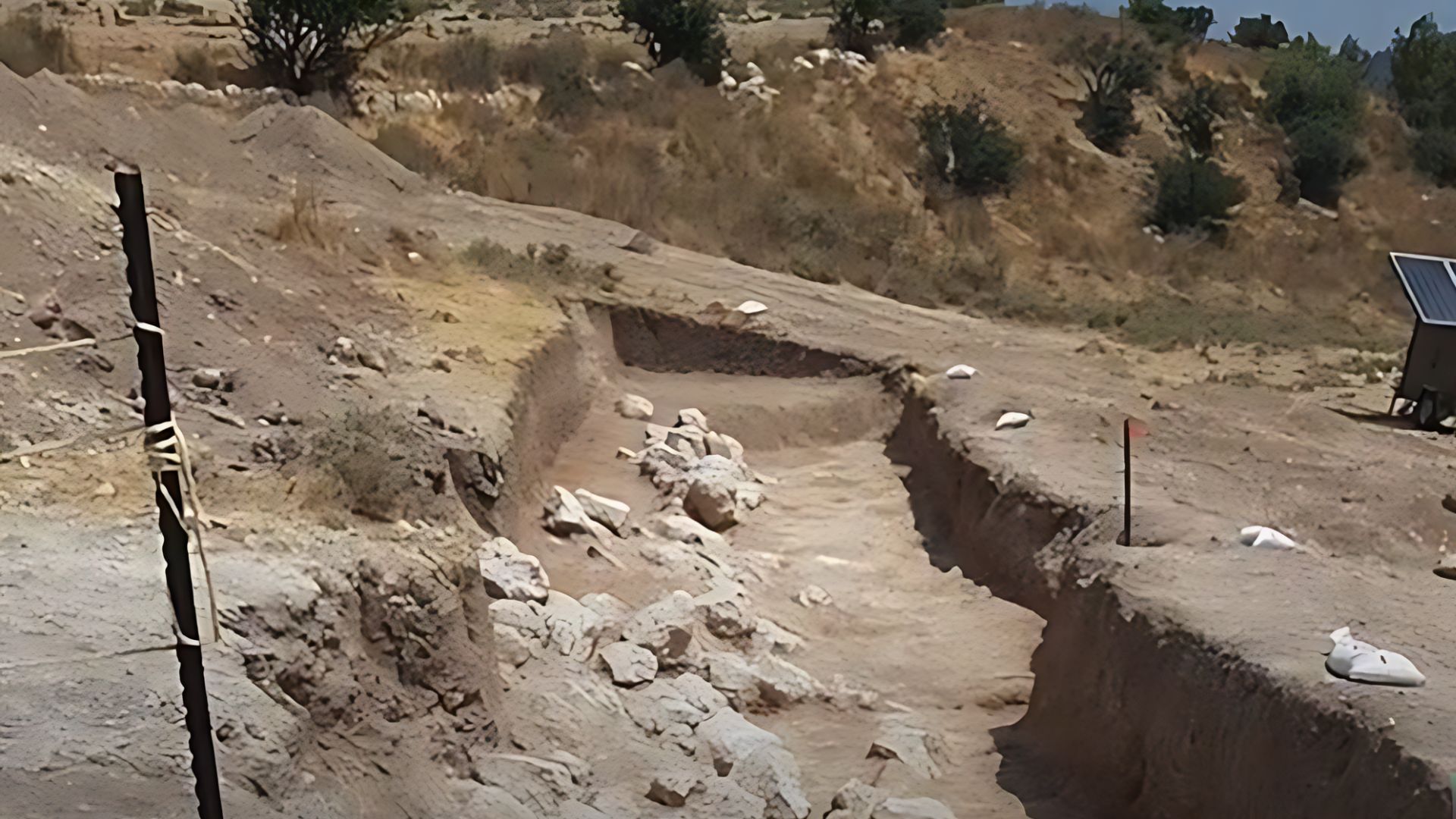
The walls the team uncovered were found to have rows of large, white rocks. These are believed to be retaining walls for farming terraces.
If this is correct, these walls would have been used to create level areas for planting and protect the steeper soil from eroding.
Who Was King Hezekiah?
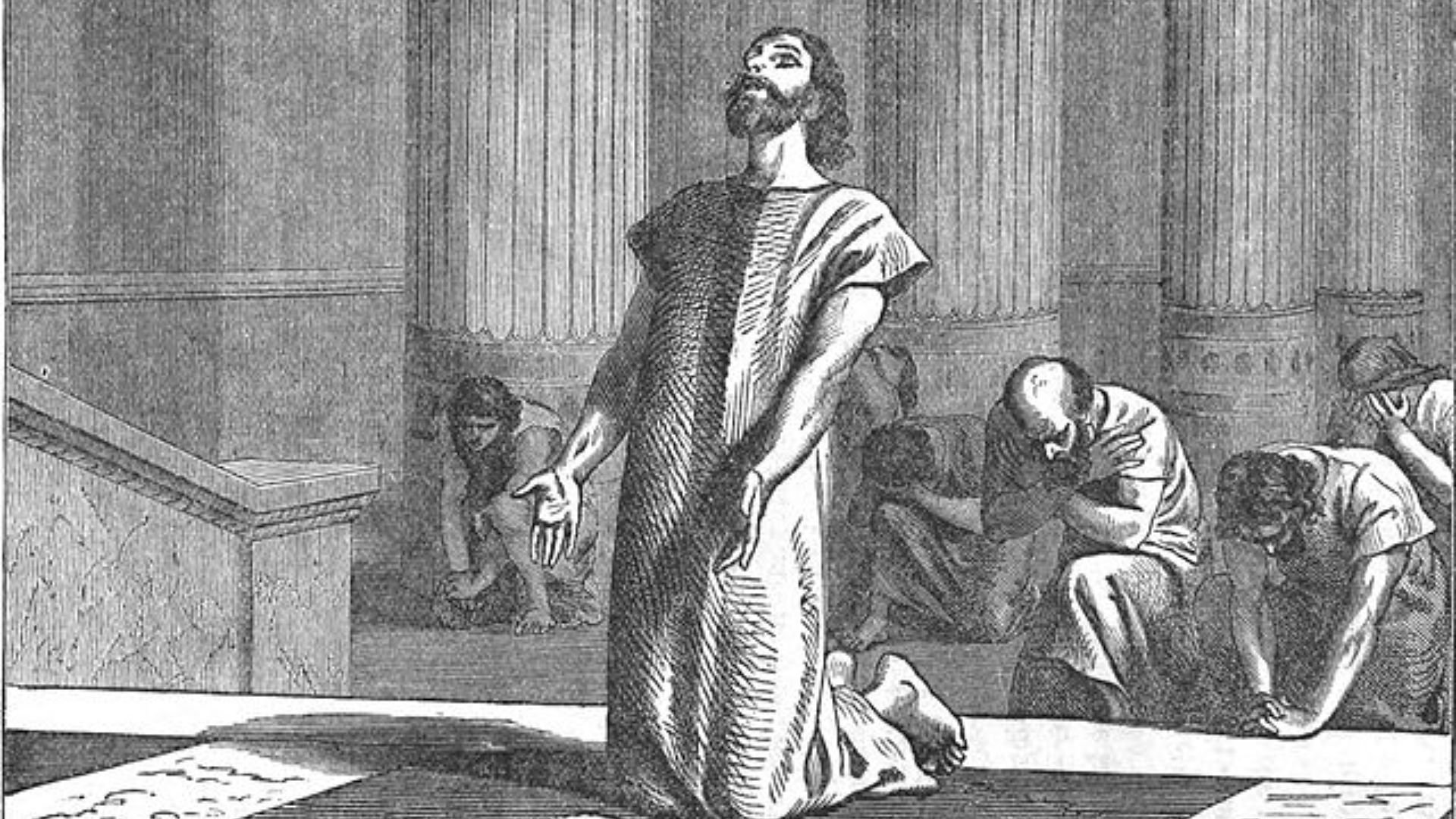
Hezekiah’s reign is chronicled in the book of 2 Kings and it is said that he is the king to have reopened the Temple of Solomon, or the “First Temple.” This temple is believed to be built on the spot where God created Adam.
King Hezekiah is also said to have smashed the bronze statue of a serpent that God commanded Moses to make as his people were worshipping it as a false deity.
The Timelines Fit

There were fragments of ancient pottery strewn across the city of Zanoah, and most of it was not from the time period in question.
However, about 20% of the pottery shards date back to the time the Israelites were said to have arrived to the city. The rest of the pottery was made over the following 900 years. The large number of items uncovered in Zanoah suggests a huge historical significance.
Further Evidence of Ancient of People Living in Zanoah

The evidence for ancient humans living in the city of Zanoah do not stop at fragments of pottery.
There were perforated bowls and jugs that suggest they may have been used as lanterns, along with bronze jewelry and iron tools such as nails and welding equipment. “The majority of the finds, especially those dating from the early Byzantine period, relate to farming activities conducted on the hill slopes,” the researchers said.
Not All Artifacts Are From the Biblical Period
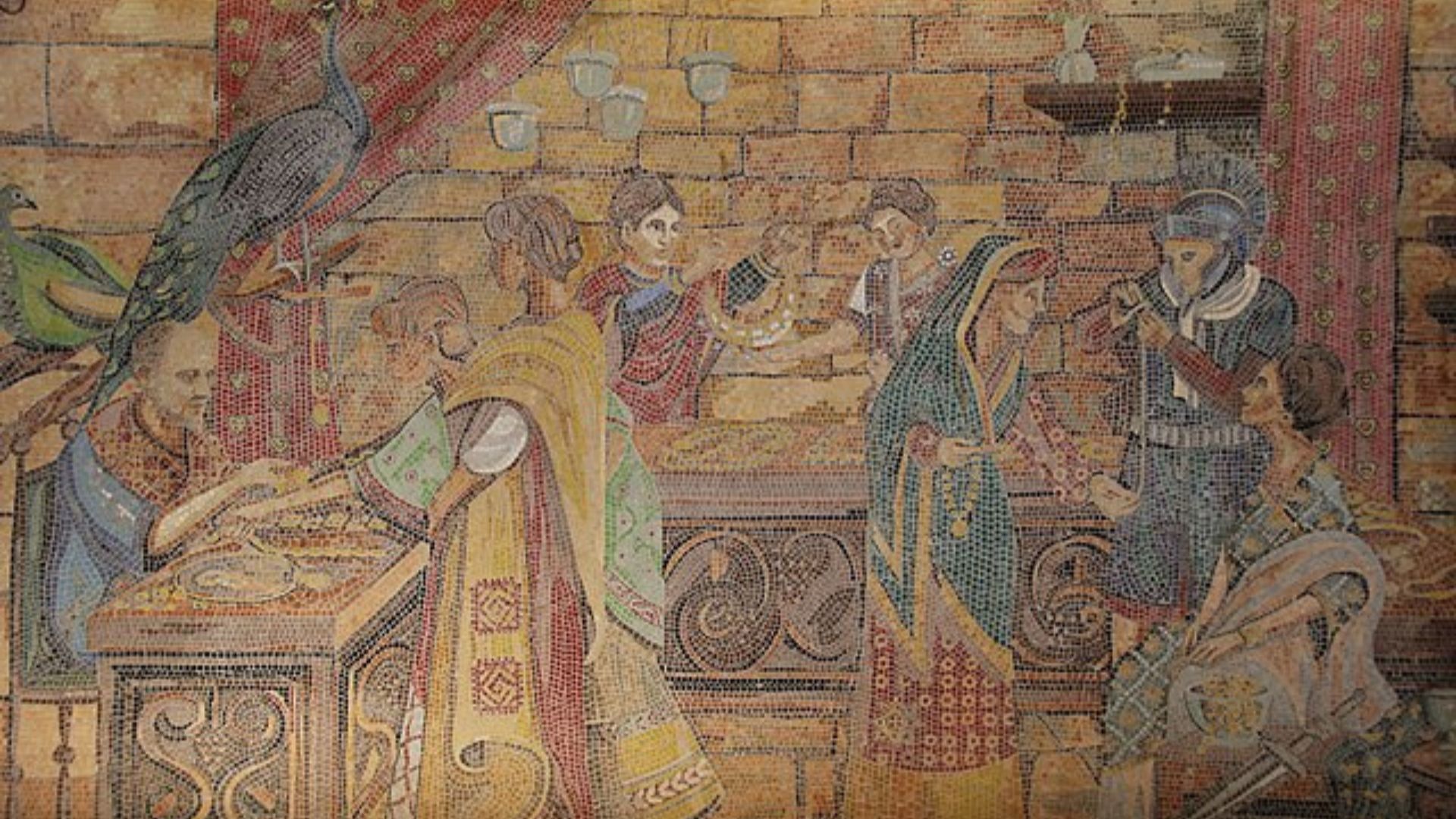
Not all the artifacts the researchers found are from this Biblical period or the Byzantine era.
The findings were on a slope, so the researchers believe that some of what they found originated from the ruins and ended up being displaced down the slope over time.
A Cosmetic Bowl
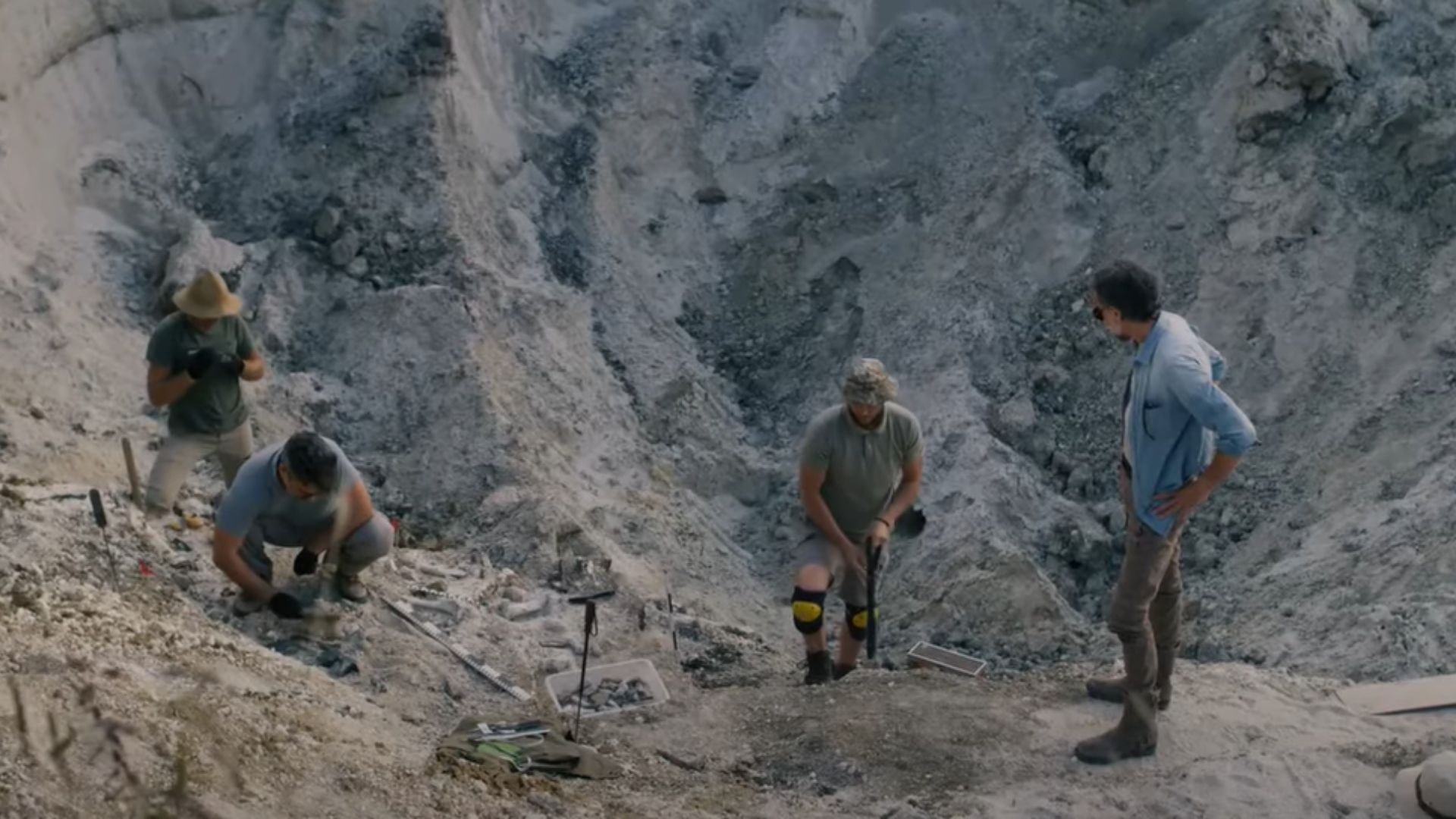
One of the items found by researchers was a decorated fragment of a cosmetic bowl. The bowl was made from white limestone with a wide rim. It was also decorated with three bands side-by-side with gaps in between them.
Both the external and internal bands are quite narrow and have a rope pattern on them. In comparison, the band in the middle is much wider and has an infrequent grid pattern throughout.
The Legacy of Zanoah
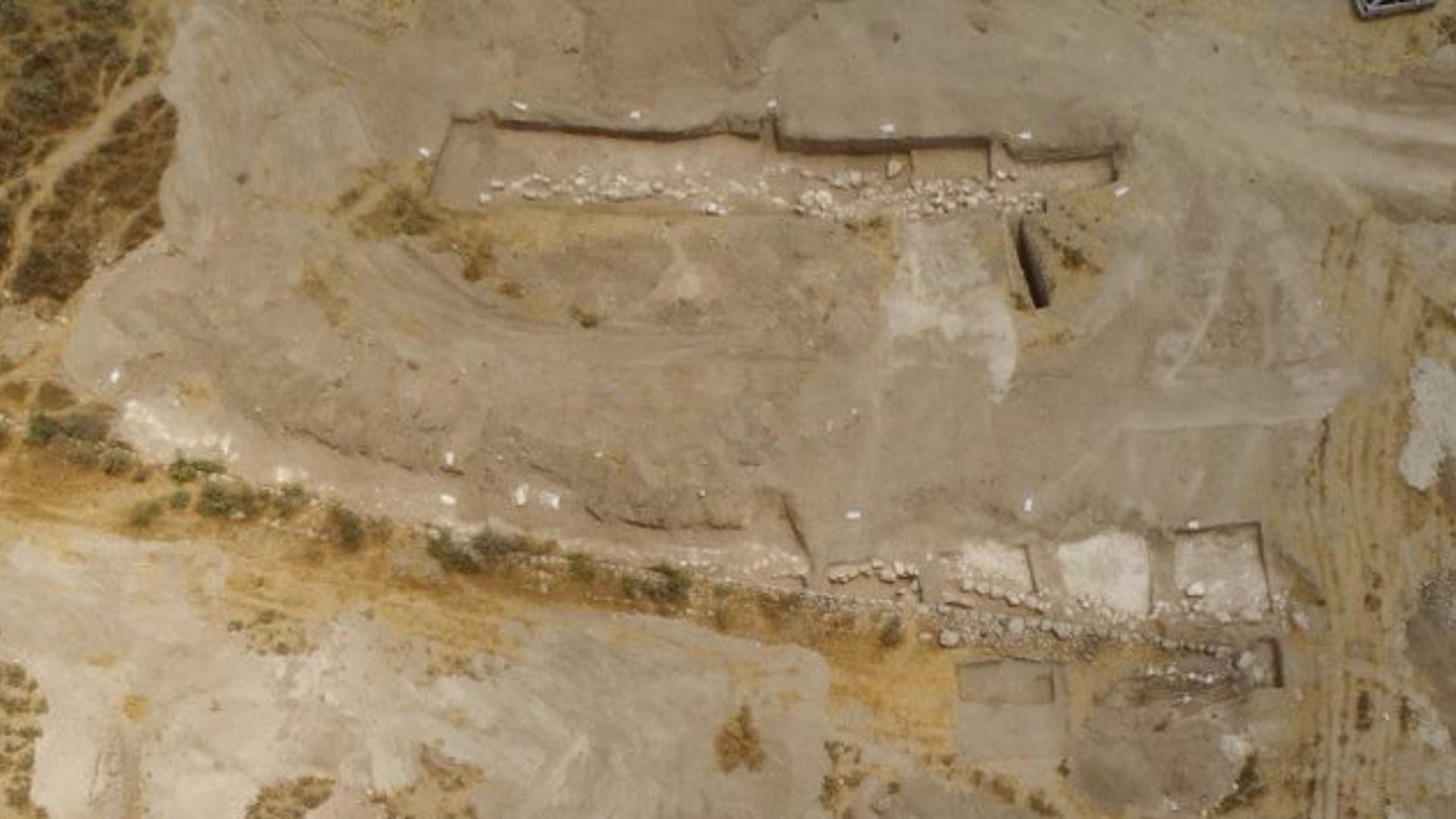
Zanoah’s excavation has revealed a plethora of items from household pottery to intricate jewelry, highlighting the site’s historical density and continuous habitation.
Each artifact enriches our understanding of the site’s significance in both historical and biblical contexts, painting a detailed picture of ancient life and legacy.
Not Everyone Is Convinced
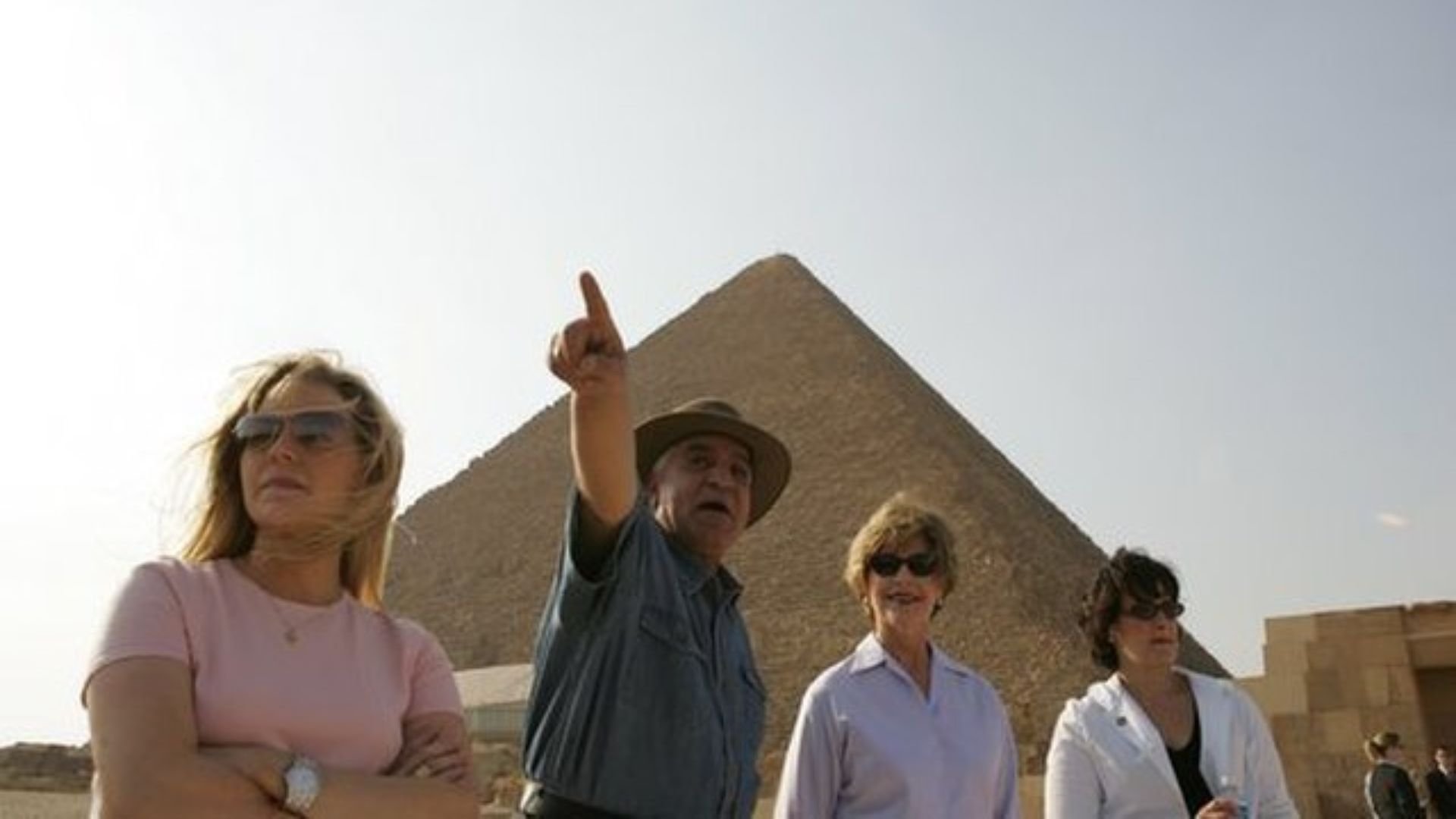
Not all archaeologists believe this new evidence proves the existence of the prophet Moses in Egypt or the Promised Land.
Prestigious archaeologist, Zahi Hawass, said that there is no archaeological proof of the prophet Moses in Egypt. Hawass said: “Only 30% of Egypt’s artifacts have been discovered, and that 70% are still underground, so after the completion of excavations and archaeological discoveries, we can only be 100% sure about the prophet’s presence in Egypt.”
‘Refracted Folk Memory’

Hawass is not the only one who does not believe the Exodus was a real historical event.
British archaeologist, Philip Davies, said: “Moses himself has about as much historic reality as King Arthur.” Others, such as Cyprian Broodbank of Cambridge University, said the Exodus was “at best a refracted folk memory of earlier expulsions of Levantine people” during the reconquest of the Nile around 1530 BC.
More Groundbreaking Discoveries Have Been Made
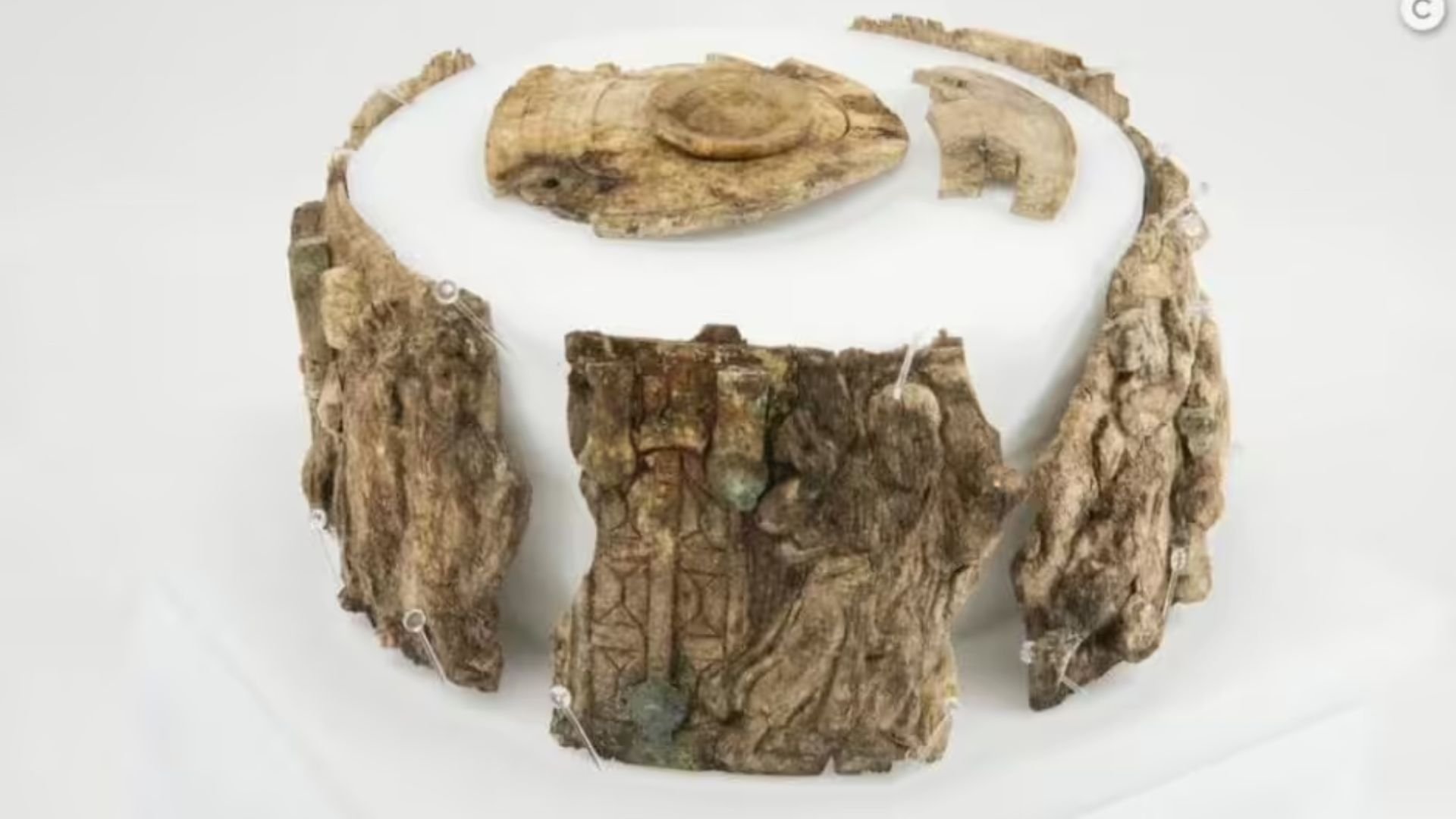
Discoveries of evidence about Moses are not just to prove that he existed and led the Exodus, but it can also paint a picture of how the spread of Christianity came about.
Archaeologists have made a “once in a lifetime” discovery of a relic that shows Moses receiving the 10 Commandments. The relic is a 1,500-year-old ivory box that was uncovered inside a marble shrine of an early church in Austria.
Other Biblical Discoveries

Plenty of other Biblical discoveries have been made over the years. These include the Moses Altar, the Golden Calf Worship Site and the Scorched Mountain Peak.
These ancient and historical sites, found all over the world, continue to provide evidence that some of the events in the Bible really did happen.
These Discoveries Are Rare
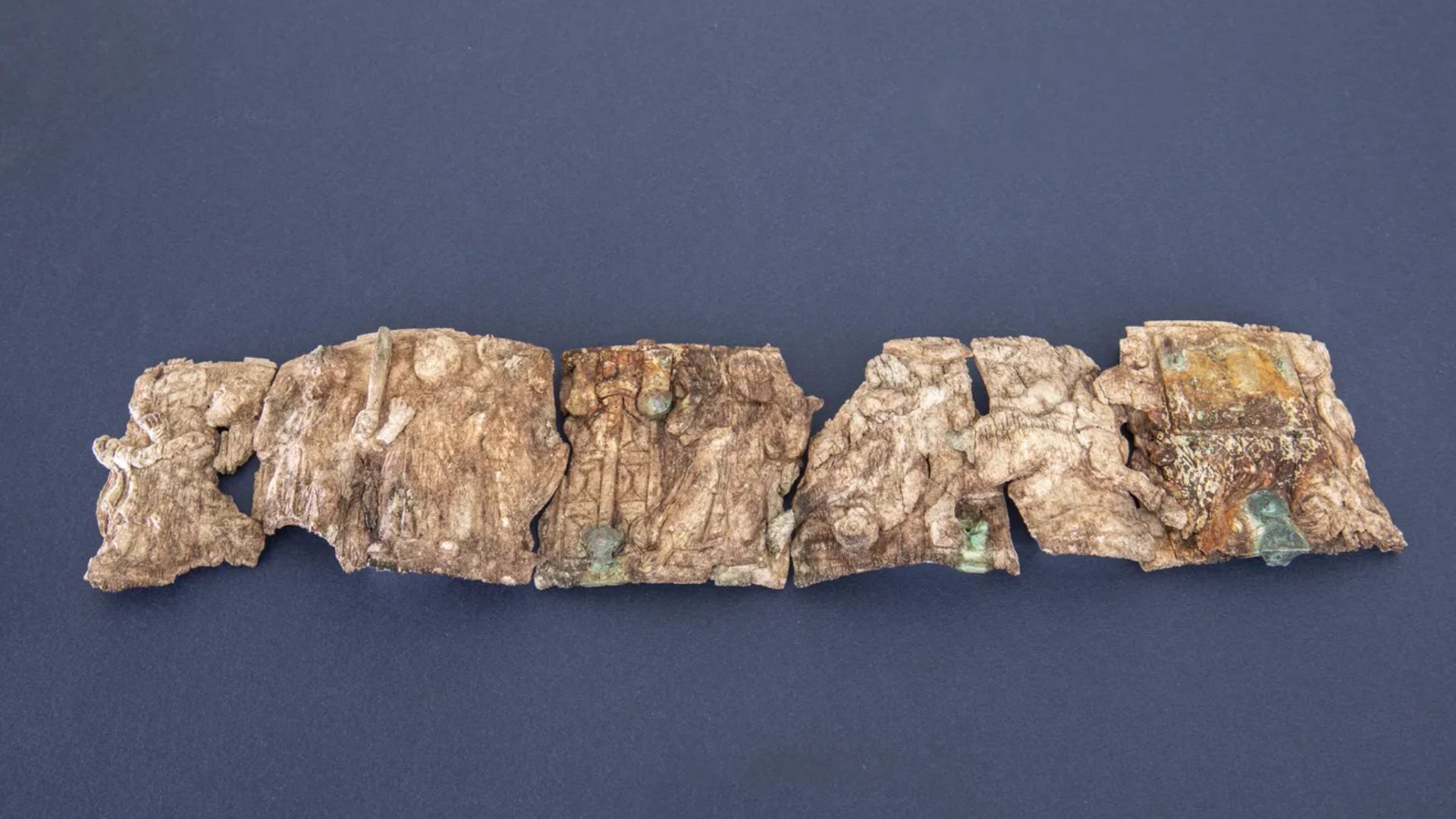
It is hard to overstate how monumental the discovery of this relic is. Gerald Rabherr, lead archaeologist, said: “We know that this only happens once in an archaeologist’s life as a scientist.”
Rabherr said that archaeologists know of only another 40 ivory boxes like this to exist in the world. The last time one of these relics was discovered was a century ago. They are either preserved in cathedral treasuries or kept in museums.
The Discovery Has Taken Years of Work

The box was found in Irschen, a municipality in southern Austria. The University of Innsbruck have been carrying out excavations since 2016. The box was first discovered about two years ago.
The research team are also investigating an ancient hilltop settlement that has been completely abandoned since the year 610. The researchers have found dwellings, Christian churches and personal belongings of the people who used to live there.
What Does This Relic Tell Us?

This region of Austria was owned by the Roman Empire at the time, and the church was likely a pagan sanctuary.
The researchers believe that people lived in the area between the third and seventh century AD. It is unclear whether the box depicts Moses receiving the 10 Commandments or the prophet Elijah. The items were almost certainly not made in Irschen and may have come from somewhere between Alexandria and Ravenna.
Ongoing Research and Excavations
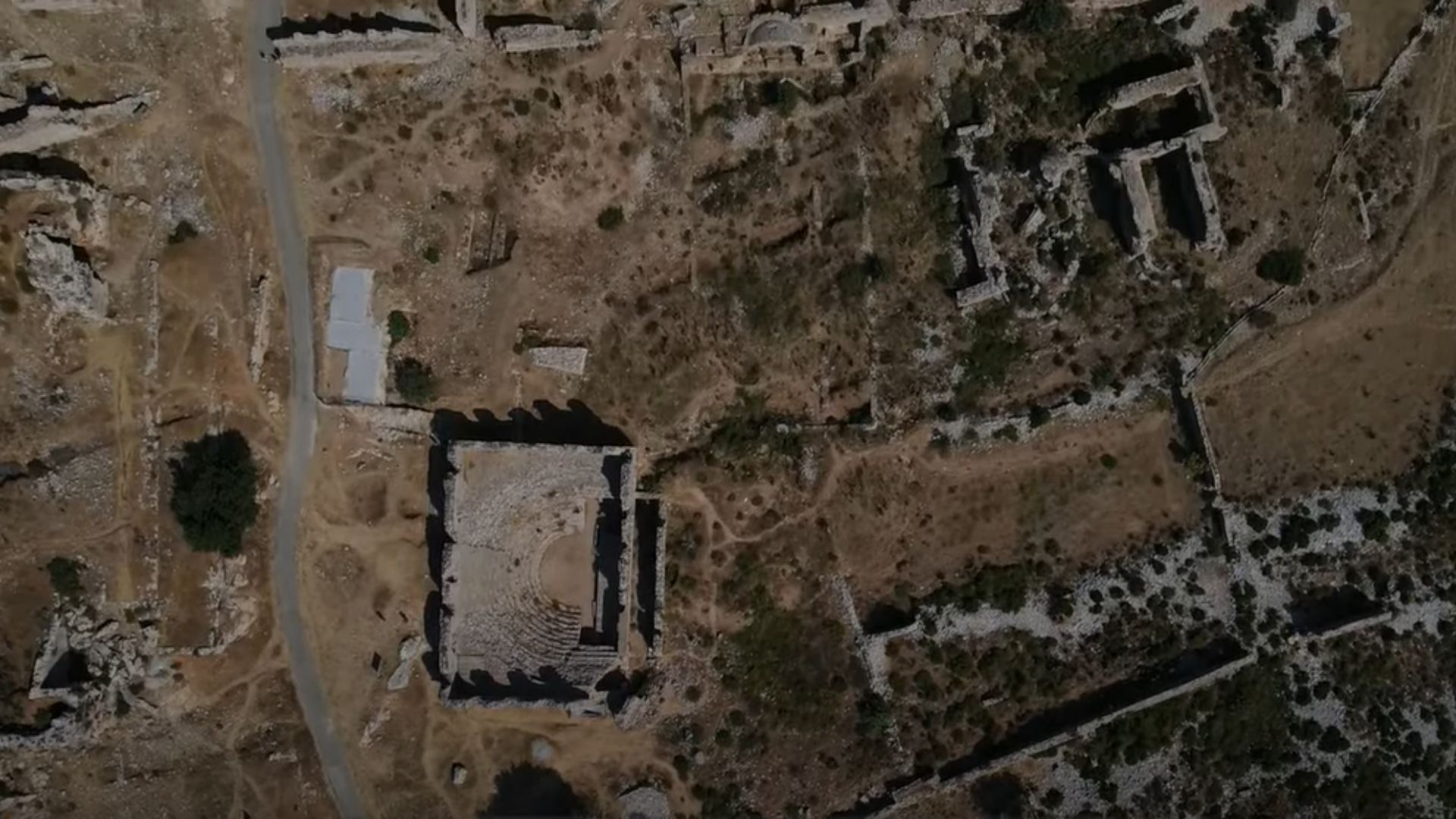
Research and excavations are still ongoing in Zanoah. Researchers hope to find more evidence of Biblical stories and events in the area.
If they can do this, it will further bridge the gap between archaeology and the Bible.
The Spread of Christianity

Regardless of whether the discoveries made in Zanoah prove that the Exodus of the Israelites did actually happen, the excavations in Austria still illustrate the spread of Christianity from the Middle East to Europe.
As a story that is of fundamental importance to Christianity, Islam and Judaism, we are left with even more questions about the historical validity of the Exodus.
